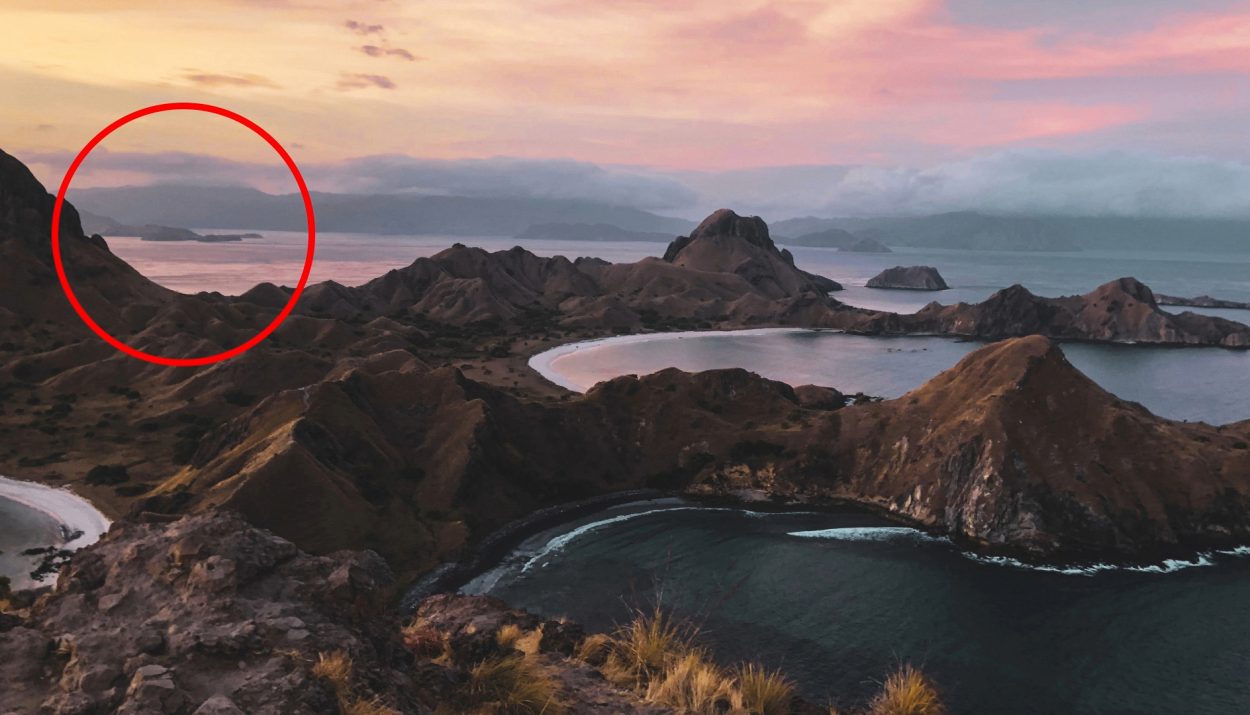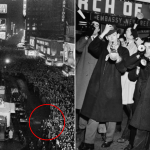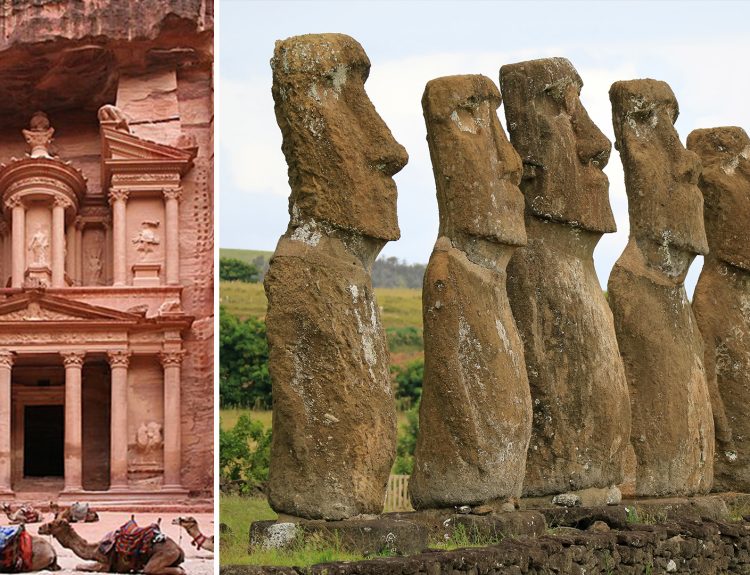Since 360 BCE, when philosopher Plato wrote about the mythical lost continent Atlantis, people have been fascinated by the concept of lost continents. However, the lost continent of Argoland, unlike Atlantis, is not a myth.
How Do We Lose Continents?
Science has learned that Planet Earth is not static. It is a dynamic and ever-changing place. The theory of plate tectonics, which has been widely accepted by most geologists, explains that the Earth’s outer shell, or lithosphere, is divided into several large, rigid plates that float on the semi-fluid layer beneath them.

These plates, encompassing both oceanic and continental crusts, are in constant, albeit slow, motion. Volcanic activity, earthquakes, and plate collisions move the land masses around, changing the face of the Earth over millions of years.
Other Lost Continents Have Already Been Found
No, we don’t mean Atlantis. We are referring to Greater Adria and Zealandia, as geographic features that have helped geologists study Earth’s tectonic history. Greater Adria is a fragment of a lost microcontinent that was found between Europe and Africa more than 100 million years ago. Remnants of it were discovered through geological mapping in the mountain belts of southern Europe.
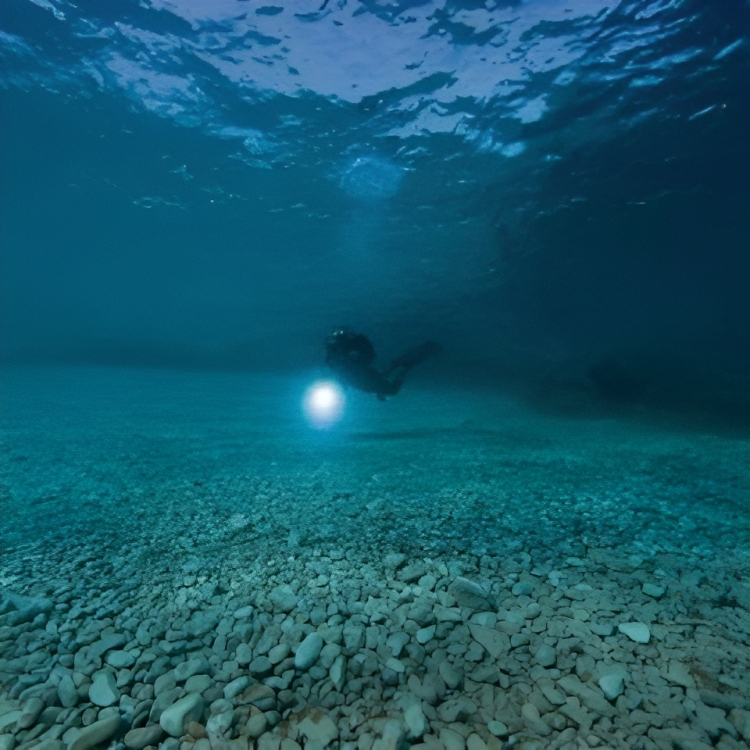
Zealandia, on the other hand, is a submerged continental mass that is almost entirely underwater. Only a small portion, including New Zealand and New Caledonia, are now above the ocean’s surface. The discovery of Zealandia resulted from a combination of seafloor mapping, satellite imagery, and geological research.
Another Lost Continent Waiting to Be Found
Scientists have long speculated that there is another lost continent off western Australia. There is evidence to suggest that a chuck of land, more than 3,000 miles long, broke off from Australia. Geologists can see the void left behind … a submerged basin called the Argo Abyssal Plain.
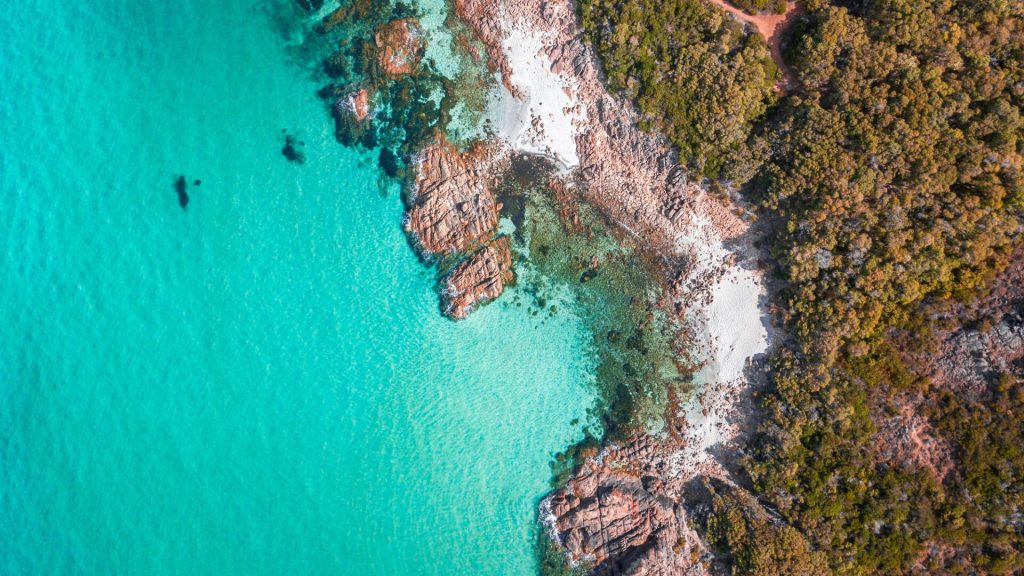
Further evidence shows that this land mass drifted in a northwest direction, heading toward the islands of Southeast Asia. But to the puzzlement of researchers, there is no sizable continent hiding under those islands. So where could this missing continent have gone? Thanks to recent findings, we now have our answers.
On the Trail of Argoland
For decades, geologists were perplexed by the lost continent, which they have named Argoland. So a group of scientists from Utrecht University in the Netherlands, led by Eldert Advokaat, set out to use state-of-the-art technology to find the missing landmass.

Since previous researchers came up empty-handed when they started their quest in Australia, Advokaat, his fellow researcher Douwe van Hinsbergen, and the rest of the team took a different approach. They started their search for the lost continent of Argoland in Southeast Asia, the most likely final destination of the migrating land mass. As it turned out, this approach bore fruit.
Continental Crust Versus Oceanic Crust
Geologists know that oceanic crusts are denser and heavier than continental crusts. This was how the lost continent of Greater Adria was found. As the Earth’s crust moved and shifted, Greater Adria’s heavier oceanic crust was pushed beneath the converging plate while the lighter continental crust remained above the mantle. This is how scientists were able to identify the remains of Greater Adria.
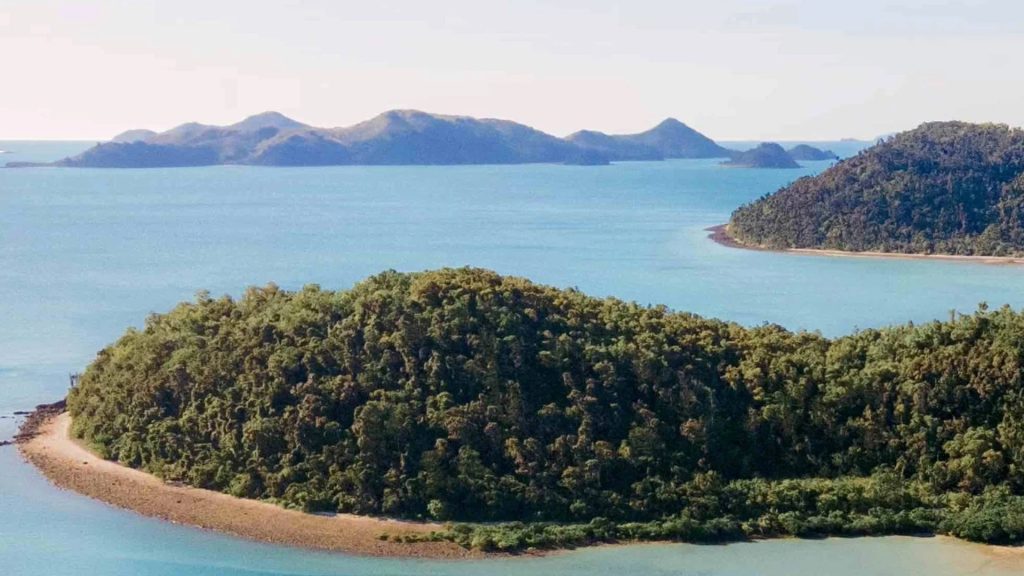
In the case of Argoland, however, there was no evidence that the lost continent’s heavier oceanic crust had been folded into the mantle. Either they were looking in the wrong place for Argoland or something else happened to the land mass after it broke off from its parent continent. But what could that be?
Argoland Broke into Fragments
Using satellite imaging and seafloor mapping, Advokaat, Van Hinsbergen, and the rest of the team from Utrecht University determined that Argoland broke apart into fragments as it drifted toward Southeast Asia. One piece of evidence to support this was the remains of small, 200-million-year-old oceans. These were formed by the same tectonic actions that caused Argoland to split off and drift away.
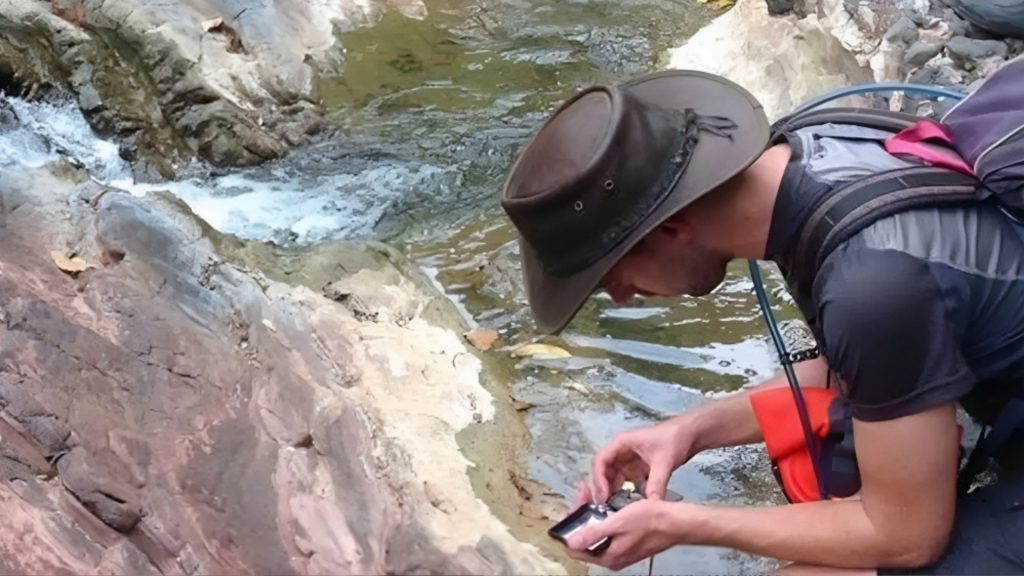
Advokaat and Van Hinsbergen found pieces of the Argoland continent scattered on the floor of the ocean and in the lush jungles of Myanmar and Indonesia. As Advokaat explained, “We didn’t lose a continent; it was just already a very extended and fragmented ensemble.”
Argoland in Southeast Asia
Throughout 50 to 60 million years, remnants of Argoland drifted northward. As Advokaat noted, ribbons of land from Argoland crashed into the landmass that later became Southeast Asia. The fragments from the continent, which was once roughly 3,100 miles in length, formed a college amid the thousands of islands.
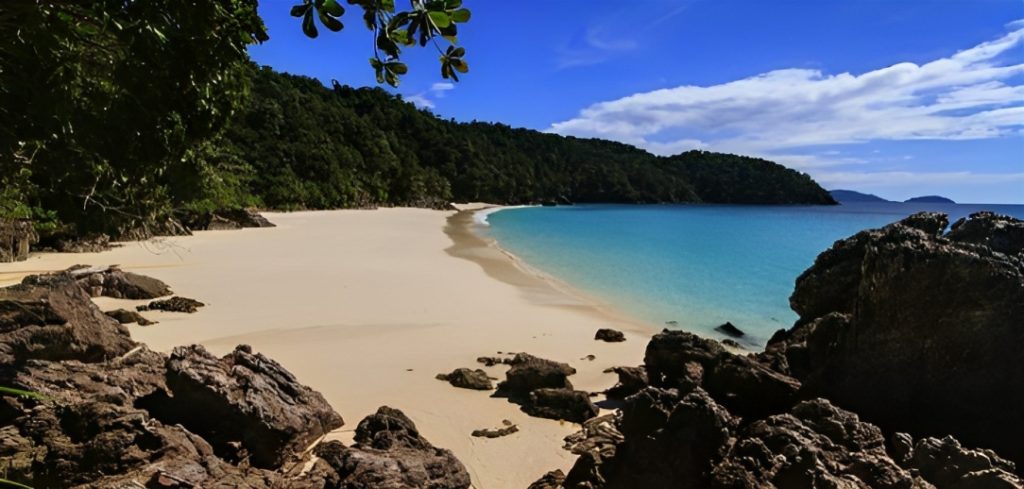
Advokaat and Van Hinsbergen, who published their findings in an academic journal, Gondwana Research, concluded that parts of the fragmented Argoland merged with the landmass that would become Southeast Asia and forever changed both the geography and biodiversity of the region.
Lessons to Be Learned
Since the lost continent of Argoland was not home to a mythical advanced civilization of days gone by, like the Atlantis described by Plato, most members of the general public may not get super excited to hear of its discovery. Douwe van Hinsbergen, however, disagrees. He contends that the discovery of the long-lost Argoland has helped advance the study of plate tectonics.

According to Van Hinsbergen, studying the movement of continents is important for “our understanding of processes like the evolution of biodiversity and climate, or for finding raw materials.” In addition, Van Hinsbergen explained, that this discovery enhances our understanding of how mountains are formed and for working out the driving forces behind plate tectonics.

